Collagen Degradation: Collagen provides structure and elasticity to the skin. As we age, the production of collagen naturally decreases, and the existing collagen fibers become fragmented and disorganized. This loss of collagen results in the skin becoming less elastic and more prone to wrinkling and sagging.
Elastin Breakdown: Elastin allows the skin to snap back into place. Similar to collagen, elastin production diminishes with age, and its fibers degrade, further contributing to the loss of skin elasticity and the formation of deep wrinkles.
Cellular Senescence: As skin cells age, they eventually reach a state called senescence where they no longer divide. These senescent cells accumulate over time, affecting the skin’s ability to repair itself and contributing to the aging appearance.
Decreased Cell Turnover: The rate at which skin cells are replaced slows down with age. This slower cell turnover results in a buildup of older cells on the surface of the skin, making it look dull and rough.
DNA Damage: Exposure to ultraviolet (UV) light from the sun causes direct DNA damage to the skin cells, accelerating the aging process. This damage can lead to mutations, cancer, and a breakdown of the skin’s structural integrity.





